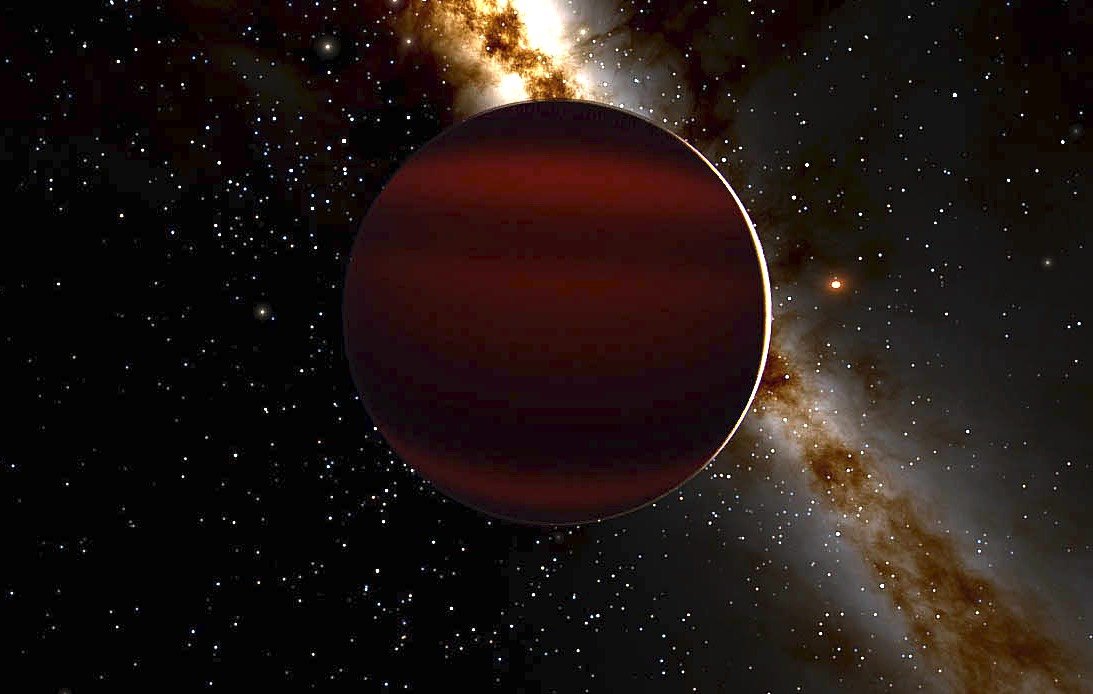Evidence for the observed breakdown of standard gravity in the low acceleration limit has been reported in a new study that could fundamentally reshape our understanding of the universe.
The study, undertaken by Sejong University physics and astronomy professor Kyu-Hyun Chae, found that the standard acceleration due to gravity, which describes the acceleration of an object in free fall as influenced by the gravitational pull of a larger body like the Earth, appears to break down in the low acceleration limit based on Chae’s analysis of the dynamics of wide binary stars.
Chae relied on data from close to 26,500 such pairings of wide binaries gleaned from data obtained by the European Space Agency’s Gaia space observatory, now included in the Gaia DR3 database.
Based on Chae’s findings, binary stars orbiting each other that possess low accelerations nearing one nanometer per second squared exhibited behavior inconsistent with general relativity, as well as Newton’s law of gravity.
“From the start it seemed clear to me that gravity could be most directly and efficiently tested by calculating accelerations because gravitational field itself is an acceleration,” Chae was quoted saying in a recent statement issued by Sejong University announcing the findings.
Chae says that the impetus for his new study came from past studies he had undertaken involving galactic rotation curves.
“Galactic disks and wide binaries share some similarity in their orbits,” Chae says, “though wide binaries follow highly elongated orbits while hydrogen gas particles in a galactic disk follow nearly circular orbits.”
Chae reports that wide binaries with low accelerations of about 0.1 nanometers per second squared exhibit an acceleration that is approximately 30-40% greater than what is predicted by general relativity or Newton’s law of gravity.
In contrast to the mysterious “boost” in lower accelerations that Chae found is the observation that accelerations exceeding 10 nanometers per second squared behave in accordance with Newton and Einstein’s theories. However, this isn’t the first time that the breakdown of standard gravity at lower accelerations has been proposed: four decades ago, theoretical physicist Mordehai Milgrom first proposed this idea, giving rise to a controversial theory known as modified Newtonian dynamics (MOND), also known as Milgromian dynamics, which offers a potential alternative to current cosmological theories involving dark matter.
Chae also notes the observation of a boost factor of 1.4, which he says is correctly predicted by a similar alternative theory of gravity called AQUAL proposed by Milgrom along with the late physicist Jacob Bekenstein. This, Chae says, appears to be consistent with the observed deviations that he says “represents a direct evidence for the breakdown of standard gravity at weak acceleration.”
“This systematic deviation agrees with the boost factor that the AQUAL theory predicts for kinematic accelerations in circular orbits under the Galactic external field,” Chae wrote in a recent peer-reviewed paper detailing his findings. In other words, data from the wide binary observations seemingly conveys both the breakdown of Newtonian dynamics as well as the external field effect predicted in accordance with modified gravity.
Another key element of Chae’s findings has to do with the theoretical observation that wide binary dynamics should be unaffected by the presence of dark matter, unlike galactic rotation curves. Based on Chae’s observations, the MOND framework is the best explanation for the observed breakdown of standard gravity.
This finding, in particular, has potentially profound implications, given that anomalies observed in relation to wide binaries may point to the need for a new theory that would allow general relativity to be extended to account for the low acceleration MOND limit and could potentially upend previous cosmological theories that incorporate dark matter and dark energy.
In his recent study, Chae writes that “the gravitational anomaly in the dynamics of binary stars cannot be attributed to dark matter because the required amount is absurd, and thus there is no way to save the standard theory of gravity.”
“Because Newtonian dynamics breaks down in the low acceleration regime,” Chae adds, “Einstein’s general relativity must also break down in the same regime.”
Mordehai Milgrom, when asked whether Chae’s controversial findings offered new verification of the ideas he first proposed decades ago, agreed that the new study could prove to have profound implications for existing cosmological theories.
“If this anomaly is confirmed as a breakdown of Newtonian dynamics, and especially if it indeed agrees with the most straightforward predictions of MOND, it will have enormous implications for astrophysics, cosmology, and for fundamental physics at large,” Milgrom was quoted saying in a press release detailing Chae’s findings.
“With this test on wide binaries as well as our tests on open star clusters nearby the sun, the data now compellingly imply that gravitation is Milgromian rather than Newtonian,” said Pavel Kroupa, professor at Bonn University and also a proponent of the Milgromian theory of gravity.
“The implications for all of astrophysics are immense,” Kroupa added.
Chae says he believes additional confirmation of his findings will be forthcoming in the years ahead with the accumulation of better, more refined data. For now, though, the evidence seems to point to a conclusion that is becoming increasingly difficult to ignore.
“I have examined all possible systematics as described in the rather long paper,” Chae says.
“The results are genuine.”
Chae’s paper, “Breakdown of the Newton–Einstein Standard Gravity at Low Acceleration in Internal Dynamics of Wide Binary Stars,” was published in The Astrophysical Journal on July 24.
Micah Hanks is the Editor-in-Chief and Co-Founder of The Debrief. He can be reached by email at micah@thedebrief.org. Follow his work at micahhanks.com and on Twitter: @MicahHanks.

